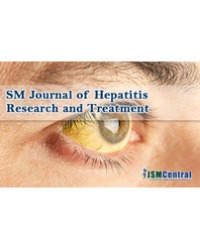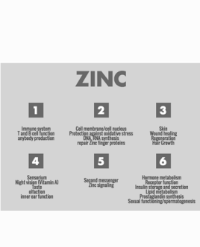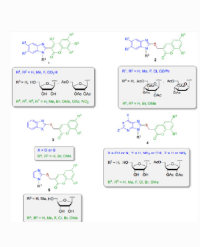
Direct Acting Antivirals (DAAs) Against Hepatitis C Virus Infection: Excellent But Not Miracle
Infection with Hepatitis C Virus (HCV) is the major cause of chronic and persistent hepatitis, liver cirrhosis, and Hepatocellular Carcinoma (HCC) and accordingly main reason for liver transplantation needs. In fact, only a small fraction (20%-30%) of the infected people resolve from the acute phase of HCV infection while majority develop the chronic state which may finally end up with adverse liver diseases (cirrhosis and HCC). Around 170 Million individuals are infected with HCV and at least 350,000 people die each year from this infection while there is no approved vaccine available against this threatening infection to date.
Farzin Roohvand¹*



